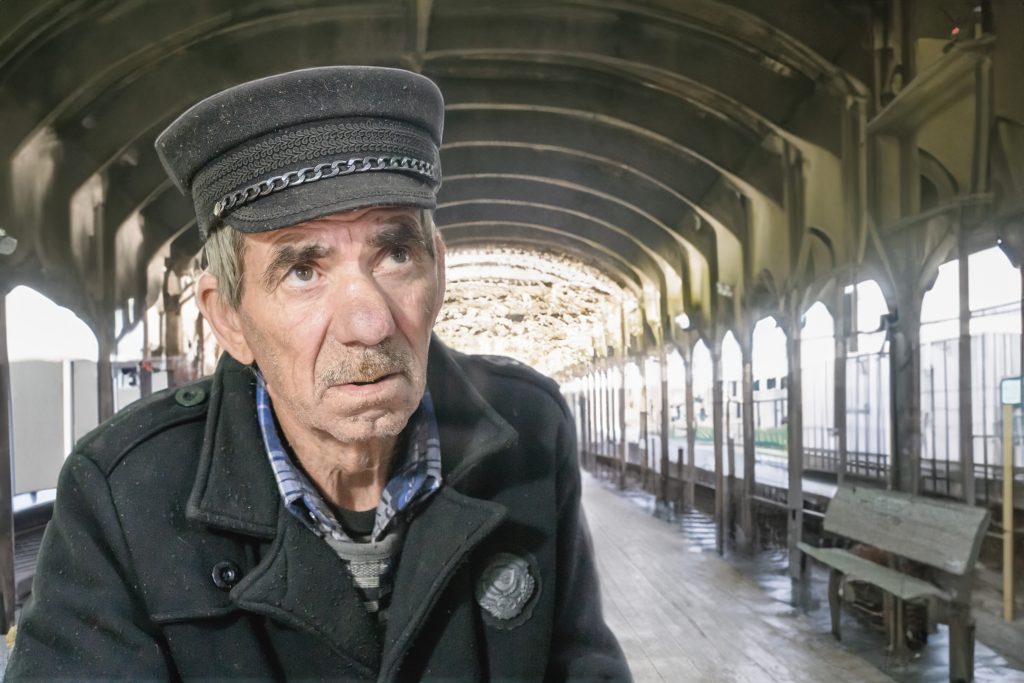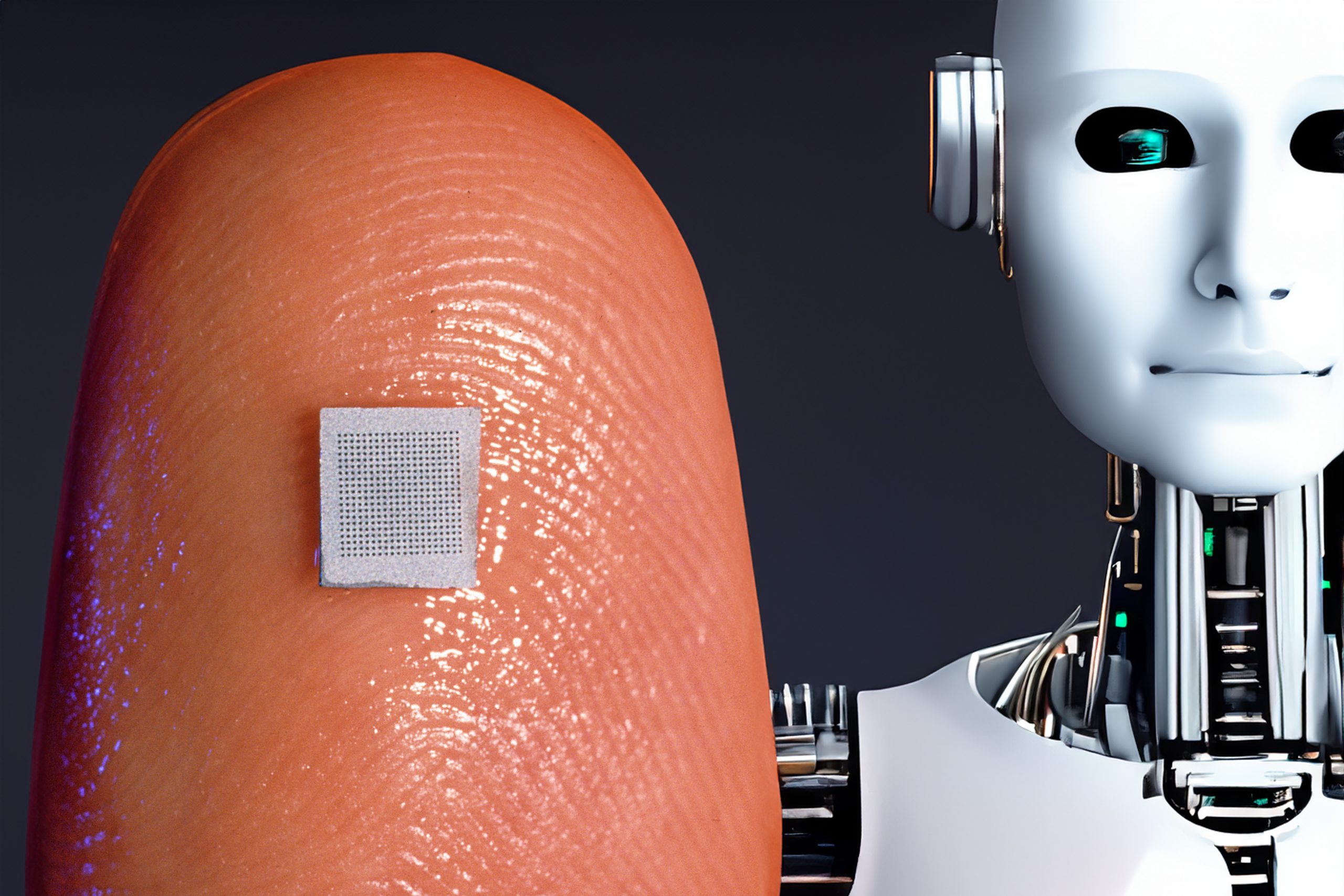The photo above is of a finger, and the background has changed to a robot to use as an illustration with the help of generative fill in PhotoShop.
Photography, as an art and a profession, has never been static. The field has constantly evolved from its earliest days of cumbersome equipment to the era of smartphones and AI-powered image creation. Technological advancements have continually reshaped how images are captured, shared, and appreciated, significantly impacting the professional photography landscape.
One of the most notable shifts began with the advent of tools like light meters, autofocus, and various metering systems. These innovations simplified the technical aspects of photography, enabling more people to engage in capturing images. However, the monumental leap into digital capture revolutionized the industry. Suddenly, the guesswork of film was replaced by immediate results, altering the very essence of the photographic process.
The arrival of Artificial Intelligence elevated this transformation to new heights. AI now enables the creation of images that transcend reality, blurring the lines between photography and art. Yet, despite the sophistication of AI, its effectiveness hinges on human direction and input. Merely commanding it to produce a “great photo” falls short; specific prompts are necessary to translate ideas into visual realities.
Undoubtedly, the question arises: Is AI encroaching upon the domain of professional photographers? The answer is a nuanced one. While technology certainly streamlines the process, the creative prowess of individuals truly unlocks its potential. The synergy between human creativity and technological tools amplifies the impact of both.

Digital capture and mirrorless cameras democratized photography, making it more accessible. Smartphones, serving multifunctional purposes, further altered the landscape by ensuring a camera was always at hand. Consequently, the role of professional photographers evolved. They were no longer hired solely for image capture; instead, they were sought after for their ability to transcend mere documentation, offering something unique and profound.
A timeless truth lies at the heart of this evolving industry: Great photography stems from great ideas. Even when not creating the scenes they capture, photojournalists must possess a keen eye for stories and conflicts that resonate. They must understand their audience and effectively communicate the significance of their work.
A dichotomy exists within the profession – the creative visionaries and the master technicians. While AI may potentially threaten the latter, those harnessing its capabilities with creative insight will likely thrive. The future belongs to those who can merge the secret sauce of creativity with a deep understanding of technology and audience engagement.
Success in this dynamic industry is not merely about mastering the tools; it’s about comprehending why an audience craves a particular idea. The leaders of tomorrow’s photography landscape will be those who skillfully blend innovation, technical prowess, and an acute understanding of human emotion and narrative.
In this ever-evolving realm, the essence of photography persists: It’s not just about capturing an image; it’s about capturing a moment, a feeling, or an idea that resonates deeply with its audience. The fusion of human ingenuity and technological advancement is the lens through which the future of professional photography will be defined.

